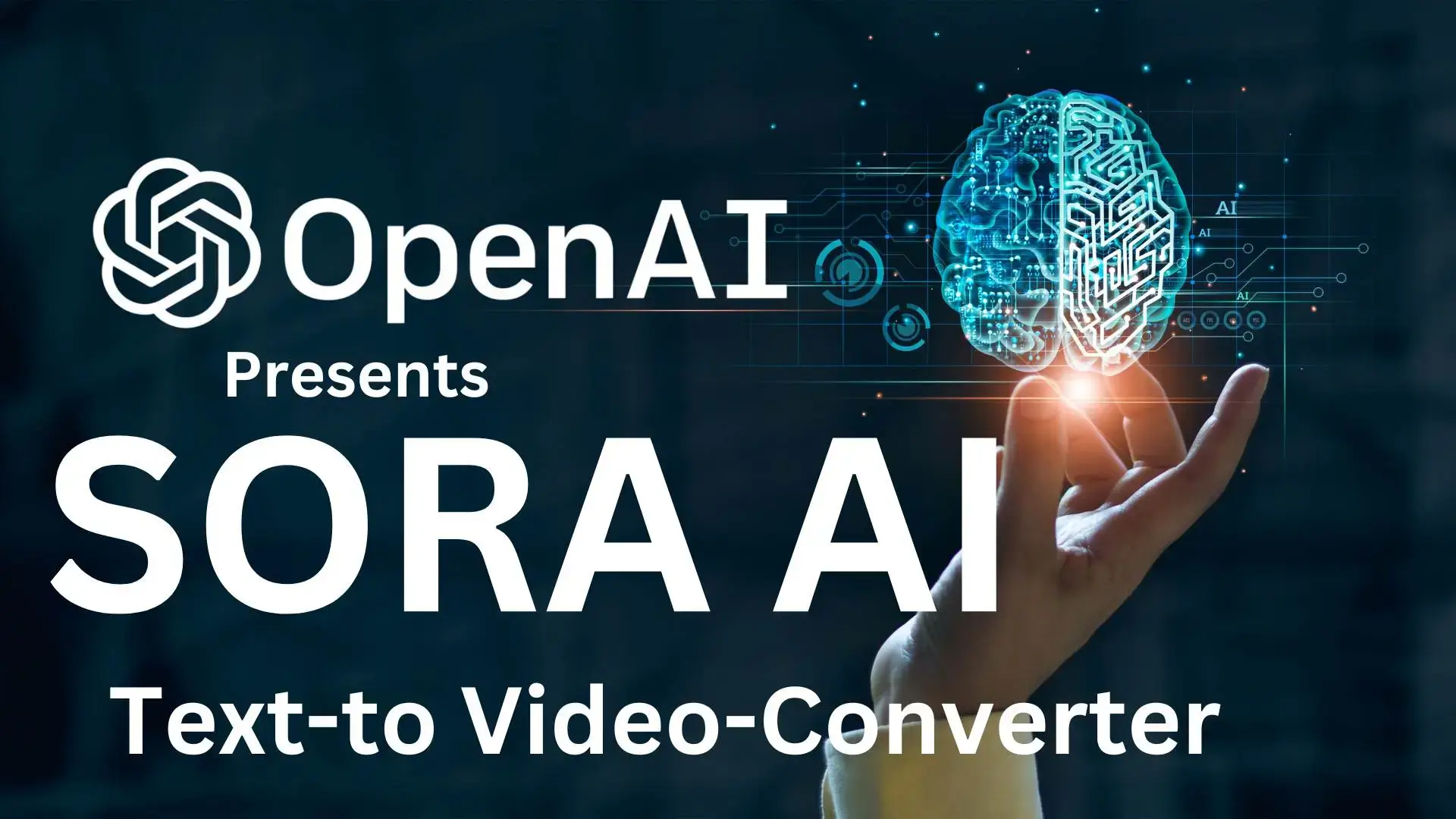Sora Ai: Text to video converter
Open AI platform has launched its new AI Sora AI. It is an advanced AI that converts text to videos. it is going to be used in content creation and education etc. It generates simple imaginative text to video. In this article, we learn more about Sora Ai.
Introducing Sora, our text-to-video model.
— OpenAI (@OpenAI) February 15, 2024
Sora can create videos of up to 60 seconds featuring highly detailed scenes, complex camera motion, and multiple characters with vibrant emotions. https://t.co/7j2JN27M3W
Prompt: “Beautiful, snowy… pic.twitter.com/ruTEWn87vf
What is Sora?
Sora is a text to video duffision model by Open AI. It creates short videos up to sixty seconds.
High-Detailed Scenes: Sora can generate visually captivating videos from cityscapes to landscapes.
Dynamic Camera Motion: This model can create dynamic motion video that increases its quality and engagement.
Multiple characters: Sora can add multiple characters in a video and it can bring narrative to depicting characters with a diverse appearance and motion.
How does it work?
Compressing a video: This model takes an existing video and compresses it into a “latent space,” capturing its essence.
Patching the representation: This compressed video is broken into smaller “patches” each representing a movement or a part of the image.
Iterative refinement: Based on users ‘text prompt’ Sora interactively refines the patches and gradually generates a video that aligns with the text prompt or description.
Sora Ai
Our new model Sora can create realistic and imaginative videos from text, but Sora can also bring static images like this #dalle3 creation to life.
Sora is only available to red teamers and a number of creatives to gain feedback on how to advance the model to be most helpful and safe. We’re sharing our research progress early to start working with and getting feedback from people outside of OpenAI and to give the public a sense of what AI capabilities are on the horizon. More at the link in our bio.
Potential Applications:
Sora’s ability to translate ideas into captivating visuals has the potential to be used in various fields:
Filmmaking
Sora can create various types of videos. Providing a complete description or prompt can help to create an engaging film. Storyboards and concepts can be directly translated into videos, snippets, and streaming the pre-production work.
Education
There is no doubt that the other AI’s launched before Sora helped a lot in the education industry. These ais solved the complex questions and made them easier. But those are text-based AI, now Sora’s ability to create videos may help students to learn deeply and their concepts will clear more and more.
Marketing and advertising
It is going to increase the business by 10x because it will create more interactive ad banners that will engage users to buy the products.
Entertainment
Sora’s ability to create imaginative visuals helps Video games, animations, and other creative industries get more benefit by creating more diverse content.
Challenges and considerations
Its impressive capabilities make us know the crucial challenges associated with Sora:
Accessibility:
Sora is currently not available Publicly. OpenAI is conducting rigorous testing and addressing potential risks before a wider release.
Misinformation and bias
As with any powerful tool, the possibility of misuse for creating deepfakes or propagating biased content needs careful consideration and mitigation strategies.
Ethical implications
The impact of AI-generated content on creativity, job displacement, and the perception of reality needs careful discussion and ethical frameworks.
Diving Deeper into Sora AI: Beyond the Headlines
While the previous section provided a general overview of Sora AI, let’s dive deeper into specific aspects to paint a more comprehensive picture:
Technological advances
Building on diffusion models:
Sora is built using diffusion models, a powerful AI technique that slowly refines noise into a meaningful image. This allows you to create beautiful videos while having control over specific content, presentations, and text.
Creativity with inspiration:
Like traditional videos, Sora motivates users through presentations. Users can communicate and create videos with their mental stimuli.
Impact on specific industries:
Education:
Imagine textbooks with interactive videos that visualize historical events or scientific material, making learning engaging and accessible. SORA can revolutionize educational content development by allowing teachers to personalize learning experiences.
Marketing and Advertising:
Promotions and explainer videos often require additional resources and time. Sora can create video content, allowing brands of all sizes to create high-quality images without relying on expensive filming and editing.
Entertainment:
Sora can be a powerful tool for game developers to create in-game scenarios and actions that involve human interaction. Additionally, filmmakers and producers could use the model for pre-drafting and concept sculpting, as well as streamlining production.
Challenges and the Road Ahead:
Mitigating Misinformation and Bias:
OpenAI is actively addressing these concerns by implementing safeguards within the model and collaborating with diverse researchers to identify and address potential biases. Additionally, promoting responsible use and open discussions around potential misuse are crucial steps.
Ethical Considerations:
As with any powerful technology, the ethical implications of AI-generated content must be carefully considered. OpenAI is actively engaging in discussions with ethicists and policymakers to ensure the responsible development and deployment of Sora.
The Future of Text-to-Video Technology:
Sora represents a significant milestone in the evolution of text-to-video technology. While challenges remain, ongoing research and responsible development hold the potential to unlock the full potential of this technology, empowering creators across various fields and fostering a future where ideas can be seamlessly translated into captivating visual experiences.

Amazing